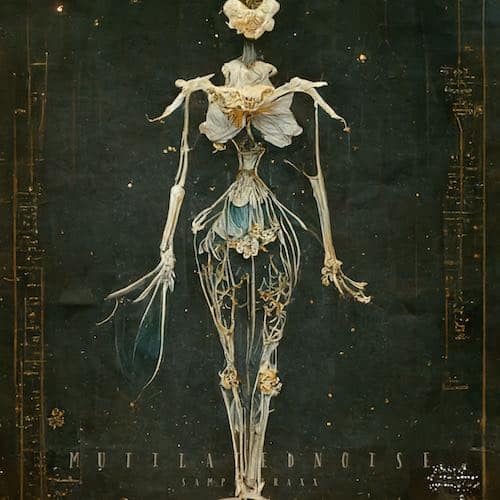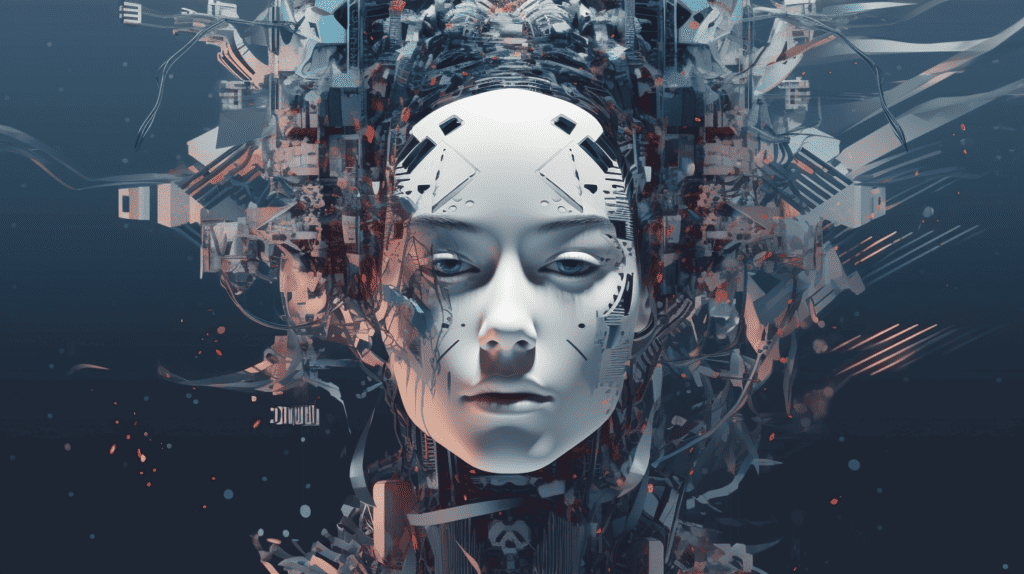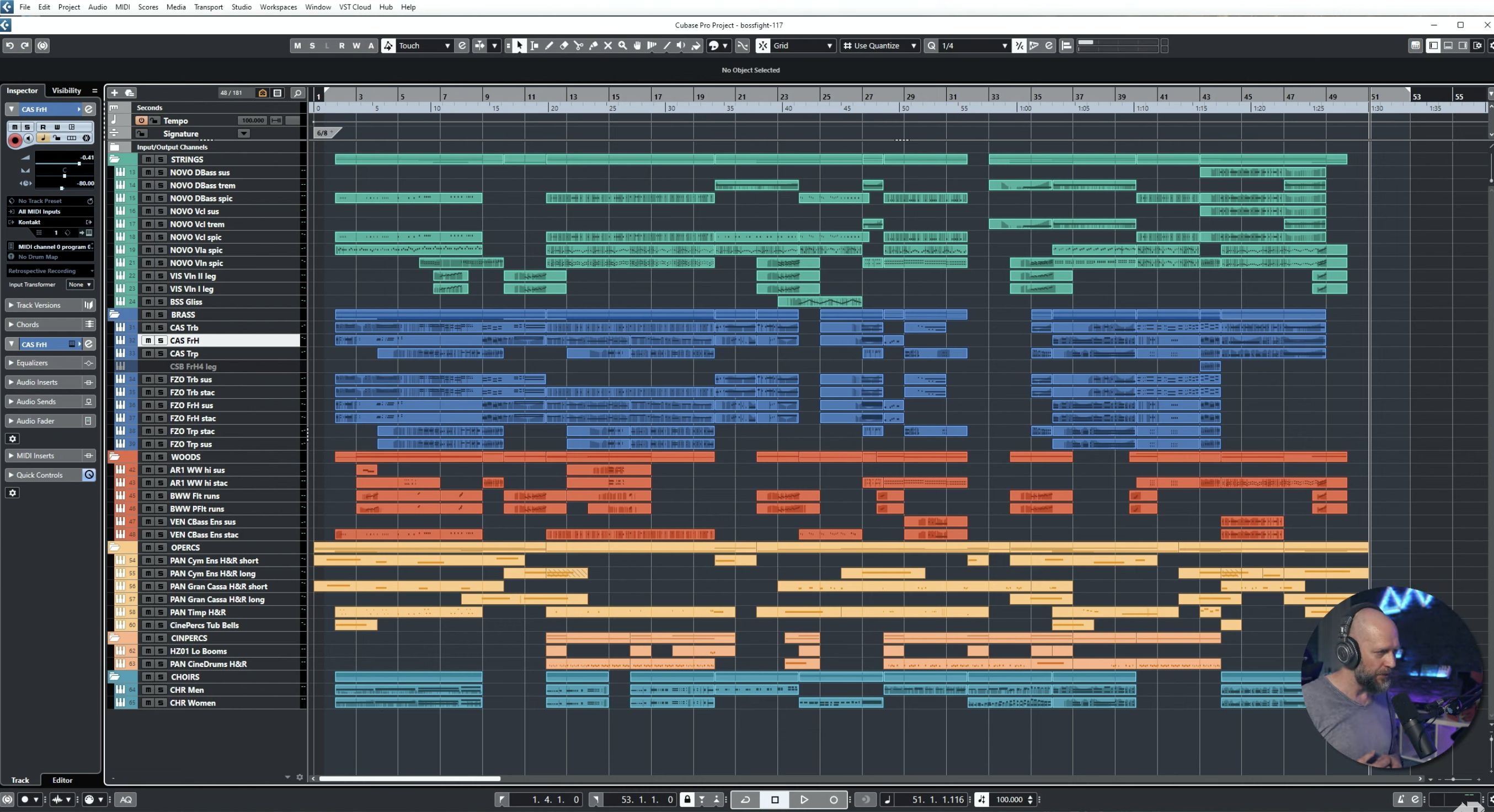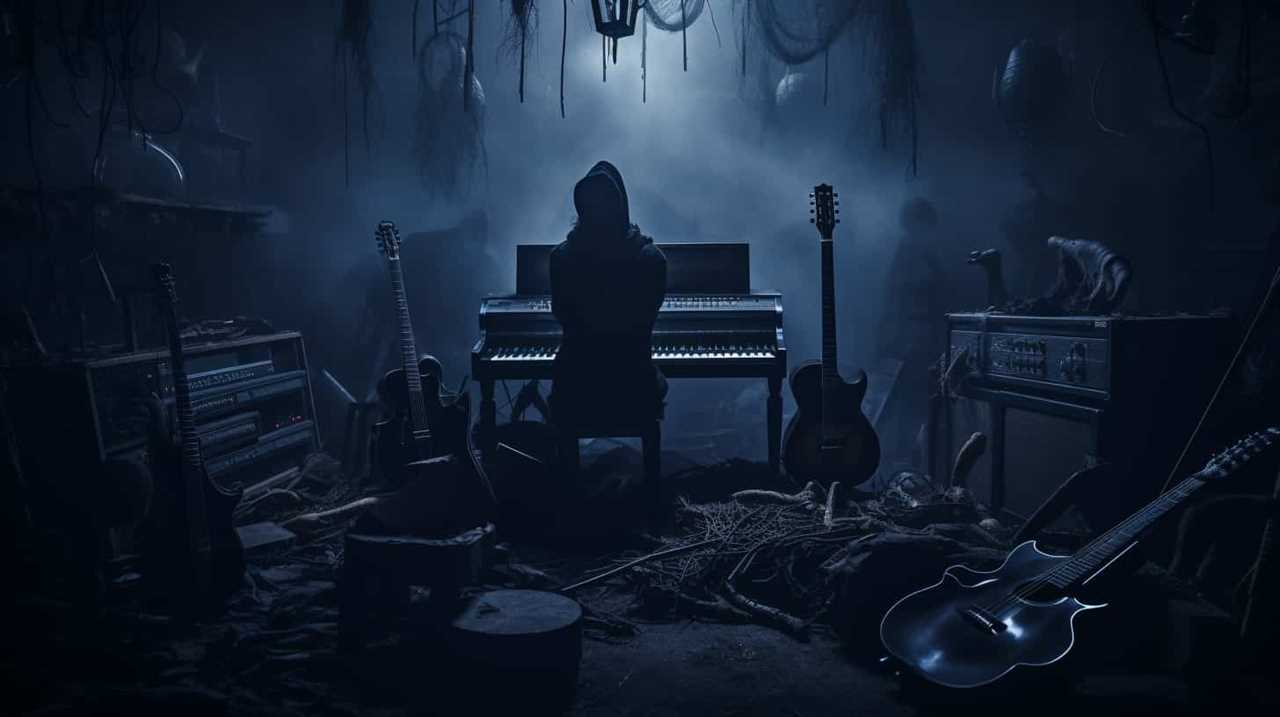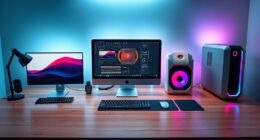Mutilated Noise is the latest cutting-edge audio collection from SampleTraxx, specifically designed for creative music and dark sound environments.
This sound library is designed to take your project from simple suspense and tension to the most dramatic and dark moments, pushing the boundaries of what’s possible in audio design.
Why Film Composers Need MUTILATED NOISE by SampleTraxx
In the film industry, sound design and music composition play a critical role in creating a narrative’s emotional landscape. A well-crafted soundtrack can elevate a scene from good to unforgettable. It’s here that MUTILATED NOISE by SampleTraxx comes into play, offering a sound collection meticulously designed for modern, cutting-edge music and ominous sound design.
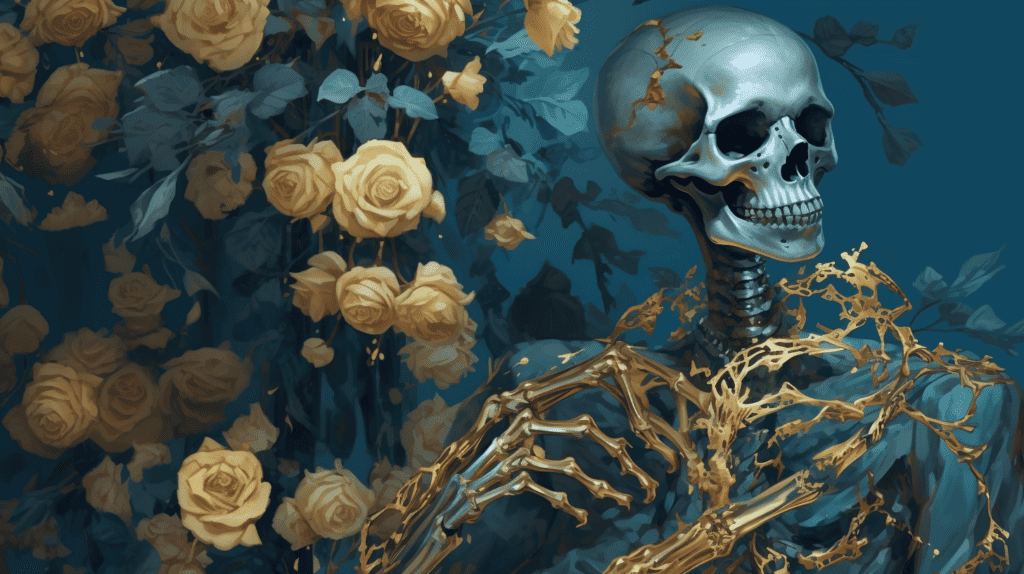
Elevate Your Sound Design
MUTILATED NOISE is not just another sound library. It’s a comprehensive collection of over 350 disturbing sound effects ready to instill suspense, horror, and tension into your work. The ability to transition from quiet suspense to the most dramatic and dark moments with the help of a single sound library is an invaluable asset for any film composer.
From modern cinematic hits perfect for punctuating key moments and creating rhythm in your soundtrack, to mutilated signals, electric bursts, shockers, and flash for creating jolts of surprise or terror, MUTILATED NOISE offers an extensive palette of sounds.
Furthermore, the inclusion of atmospheric field recordings and musical drones enables composers to build immersive sonic environments. This kind of versatility opens up endless possibilities, making MUTILATED NOISE an essential tool for any film composer.
A Sound for Every Scenario
One of the key strengths of MUTILATED NOISE is its versatility. It’s a sound collection that allows composers to experiment and find the perfect sound for any given scene or scenario.
Whether you need signature hits and cinematic stingers to make an impactful statement, or mutilated alarms, signals, horns to create an eerie sense of danger, MUTILATED NOISE has you covered.
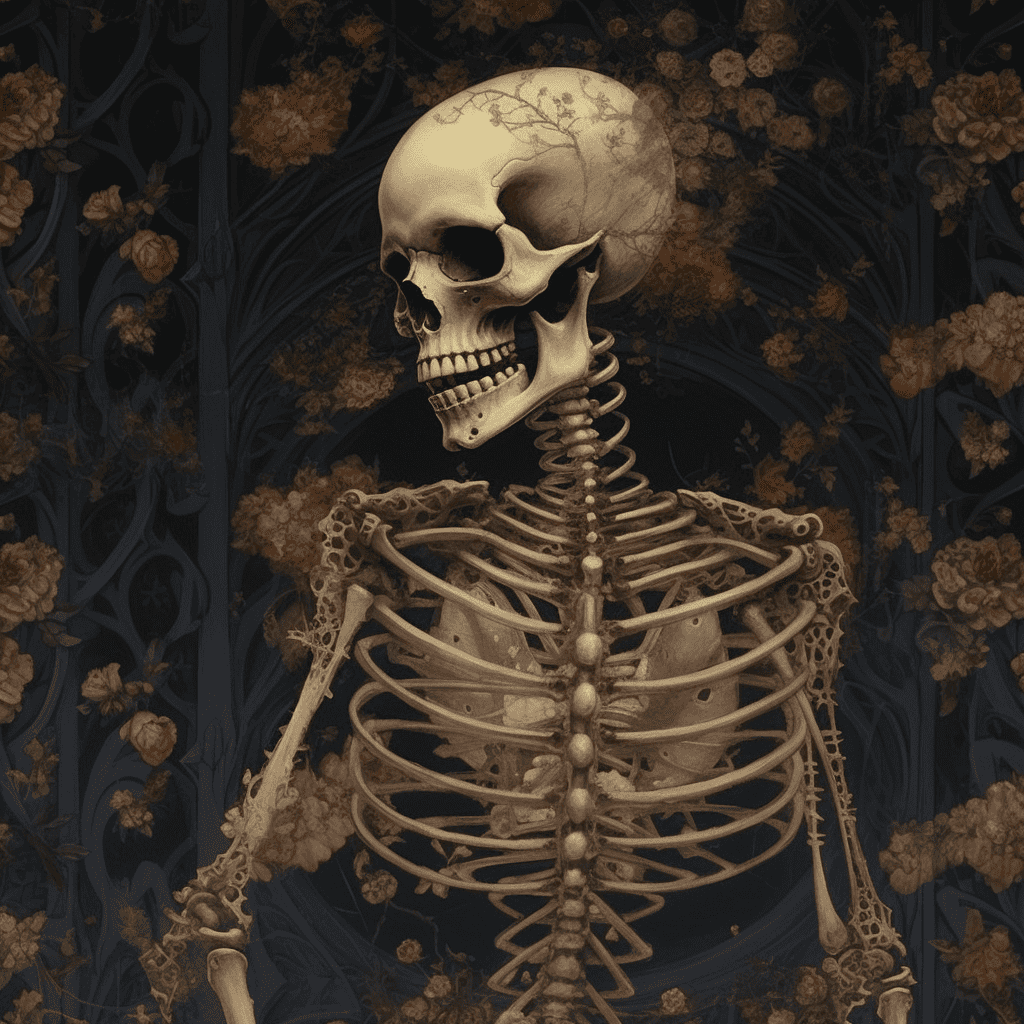
Moreover, unique offerings like morphed vocals and designed bells and cymbals provide a playground of unique sounds to experiment with, allowing composers to create a distinctive soundscape that adds depth and character to their work.
Practical Applications
The applications of MUTILATED NOISE extend beyond traditional film scoring. It’s equally effective in creating tension in thrillers, punctuating cinematic moments in trailers, building atmosphere in video games, and even producing experimental music.
For instance, the Dark Clock Loops or Mutilated Metals can create an eerie and tension-filled sonic environment in a suspenseful scene. Similarly, Radio frequencies and Mutilated Alarms can be used to create unsettling, distorted signals that signify an incoming threat, adding a layer of realism and intrigue to your scenes.
Key Features
- 350+ Disturbing Sound Effects: A comprehensive collection of unnerving sounds to imbue your project with suspense, horror, and tension.
- Modern Cinematic Hits: Perfect for punctuating key moments and creating a rhythm in your soundtrack.
- Mutilated Signals, Electric Bursts, Shockers, and Flash: Unique, disruptive sounds designed to jolt your audience.
- Orchestral Rise and Drop, Clock Loops: Classic sounds with a mutilated twist, ideal for suspenseful moments.
- Atmospheric Field Recordings and Musical Drones: Create an immersive audio environment for your audience.
Whether you are a movie trailer sound designer, video editor, soundtrack composer, or experimental musician, Mutilated Noise offers a versatile collection for creators at every level, from novices to professional composers.
Sounds For Every Scenario
MUTILATED NOISE is an invaluable resource for composers working on a range of audio projects, including:
- Signature Hits and Cinematic Stingers: Make your mark with unique sound signatures.
- Feedback and Resonances: Play with sound textures and reverberations.
- Radio Frequencies: Bring a sense of realism to your scenes.
- Mutilated Alarms, Signals, Horns: Distorted sounds to rattle your audience.
- Morphed Vocals: Experiment with vocal manipulations.
- Dark Clock Loops: Time-related sounds with a sinister twist.
- Mutilated Metals: Harsh, grating, metallic sounds.
- Reverse and Swell: Transition effects that add a touch of suspense.
- Designed Bells and Cymbals: Add a haunting depth to your soundtrack.
- Orchestral Rise and Drop: Dramatic sounds that can underline key moments in your project.
Practical Examples
Regarding sound design and composition, the sonic possibilities are virtually endless with MUTILATED NOISE by SampleTraxx. This versatile library allows users to create a wide array of sounds, spanning from subtly ominous to outright disturbing. To help you grasp this sound collection’s potential, let’s look at some practical usage examples.
Distorted Sounds to Rattle Your Audience
Distorted sounds can be used to rattle your audience.
Distorted sounds are a type of sound design that can be used to create a sense of unease in a person’s mind. When listening to distorted sounds, people may feel disoriented and confused, which can make them feel uncomfortable.
Distorted sounds can be used in a variety of ways: they can be used as background noise in horror films, they can be used to communicate messages in advertising campaigns, or they can be used as part of an experimental musical composition.

When using distorted sounds in your work, it is important to remember that you should use them sparingly—if you use them too much over time, you will become desensitized to their effect on your audience.
Creating Tension in Film
Imagine a suspenseful scene in a thriller or horror movie, where the protagonist is stealthily moving through a dark, dilapidated building. The tension is palpable, and the audience is on the edge of their seats. Here, you could employ the Dark Clock Loops or Mutilated Metals to create a sonic environment that’s both eerie and tension-filled. The unnerving tick-tock of the clock or the metallic creaks could heighten the suspense, hinting at the danger that lurks around every corner.
Punctuating Cinematic Moments
The Signature Hits and Cinematic Stingers are perfect for punctuating key moments in a film or trailer. For example, during a dramatic reveal or a sudden plot twist, a well-placed hit or stinger can amplify the impact of the moment, making it more memorable for the audience.
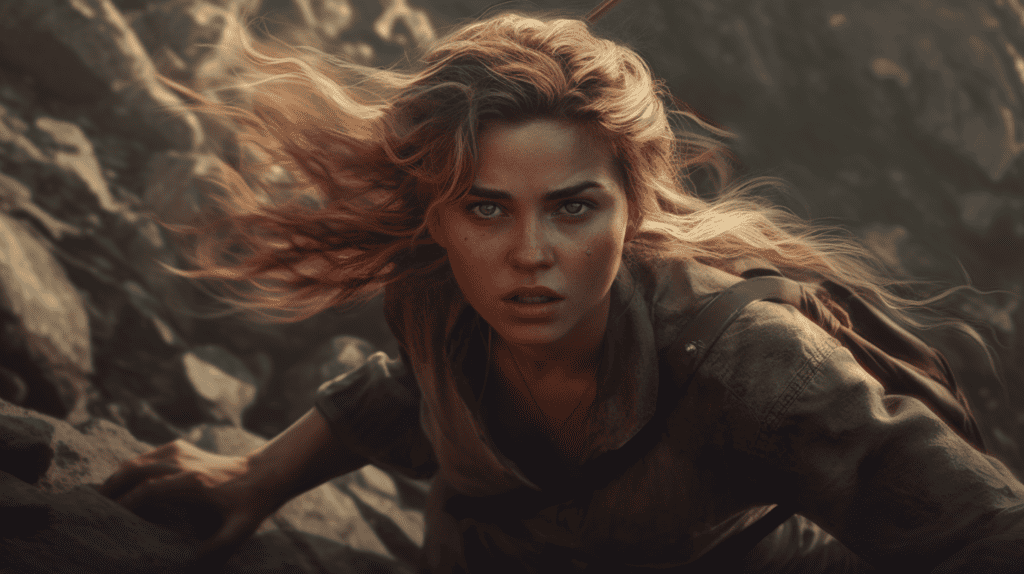
Building Atmosphere in Video Games
In video games, where immersion is paramount, the Atmospheric Field Recordings and Musical Drones can be used to create a rich, immersive environment. For instance, in a post-apocalyptic game, the distorted, haunting drones could set the tone, making players feel as if they’re truly navigating a world on the brink of collapse.
Disturbing Radio Transmissions
The Radio Frequencies and Mutilated Alarms, Signals, Horns could be used in a variety of scenarios, such as a scene where a character is tuning into a radio transmission filled with unsettling, distorted signals. These sounds could also be used to signify an incoming threat or danger, like an alien invasion or a nuclear meltdown.
Experimental Music Production
For experimental musicians and composers, the Morphed Vocals and Designed Bells and Cymbals provide a playground of unique sounds. These could be used to create a distinctive soundscape or a haunting melody that wouldn’t be out of place in an avant-garde composition.
These examples are merely the tip of the iceberg when it comes to the potential of MUTILATED NOISE. With its wide range of sounds and the flexibility they offer, this collection is an invaluable tool for any composer or sound designer, opening up a world of sonic possibilities.
Atmospheric Field Recordings and Musical Drones
Atmospheric field recordings and musical drones are an integral part of the experimental music production landscape. Field recordings capture the ambiance and nuances of a particular place at a particular time, while musical drones offer a mesmerizing experience of sound as it evolves over time. Together they create an immersive atmosphere that is unique to each artist’s sonic palette.
Conclusion
With MUTILATED NOISE, SampleTraxx has pushed the envelope of sound design, providing an innovative and comprehensive toolbox for audio creators. This library is a must-have for anyone looking to produce modern, compelling soundtracks and sound design.
Film composers need a variety of unique and disturbing sound effects to create suspense, tension, and drama in their soundtracks.
MUTILATED NOISE by SampleTraxx is a comprehensive collection of over 350 unnerving sound effects specifically crafted for cutting-edge music and ominous sound design.
This versatile library offers a broad range of sound possibilities, including modern cinematic hits, mutilated signals, electric bursts, shockers, atmospheric field recordings, designed bells and cymbals, morphed vocals, and more. With its flexibility and wide range of sounds, MUTILATED NOISE is a valuable resource for movie trailer sound designers, video editors, soundtrack composers, experimental musicians, and creators at every level.
Practical examples of its usage include creating tension in film, punctuating cinematic moments, building atmosphere in video games, and experimental music production. Atmospheric field recordings and musical drones also provide an immersive audio environment for your audience.
Final Thoughts
MUTILATED NOISE by SampleTraxx is more than a sound collection. It’s a comprehensive sound design toolkit that pushes the boundaries of what’s possible in audio design. Whether you’re a novice or a professional composer, this library offers a range of sounds that can enhance your work and open up a world of sonic possibilities. In the world of film composition, where the right sound can make all the difference, MUTILATED NOISE is an indispensable resource.

